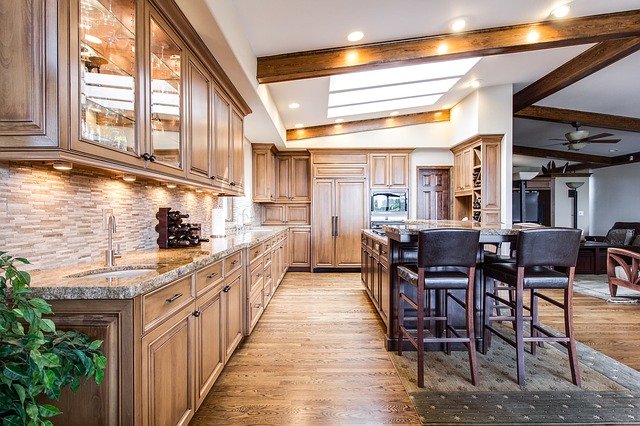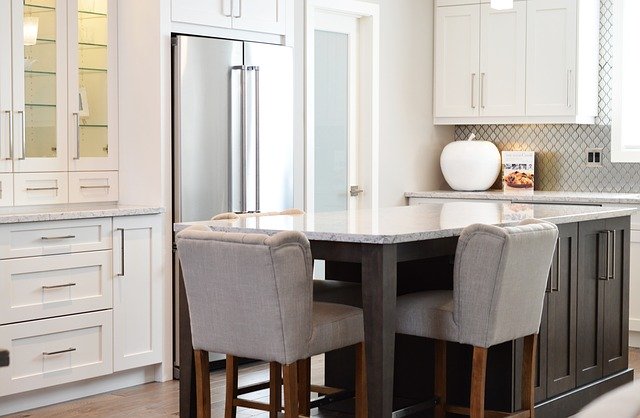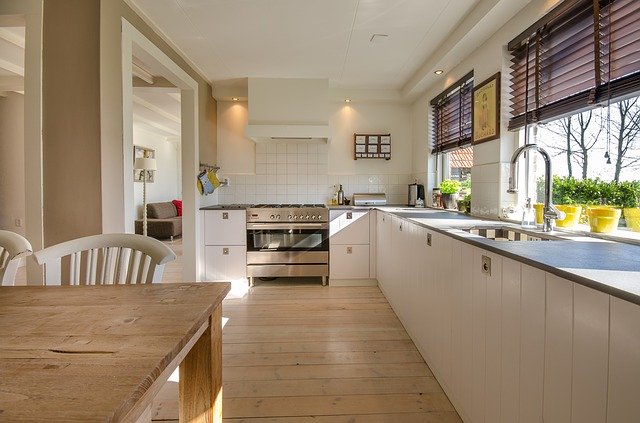Laminate countertops are a lower-cost alternative to natural stone or concrete products. Laminate is a plastic material that manufacturer’s sell in sheets. Typically, it is rolled out on top of ¾ inch particleboard and glued down with contact cement. Over the years, interior designers and homeowners have sung the praises and heralded the demise of laminated countertops. Most do it yourself homeowners will own or have access to the few tools they need to create a laminate countertop.

Primary Tools
The most important tools you will use to make a laminate countertop are the ones to cut the laminate and to press it down to the particle board. Other tools will speed the entire process and give you a more professional finish. The principal tools you will need for your laminate countertop according to leading tool manufacturer Black amp; Decker, are a circular saw, router, scoring tool, tape measure, J-roller, straight edge and screwdriver.
For the best model, you can look up for Makita manufacturers as they have tools of high caliber and compare your choice with the best of the best at the Makita impact driver comparison at impactdriverguide.co.uk.
Create the Base for the Countertop
Use a tape measure to measure the space where you want to place the countertop. For most people, this will be on top of base cabinets. Transfer the measurements to 3/4 inch particle board. Cut the particle board to size with a circular saw. Cut additional strips of particle board to serve as the backsplash, if needed, and to build up the edges of the countertop.

When joining two sections of countertop together, to go around a corner or for a very long countertop, screw a small strip of particle board to the underside of the pieces you are trying to put together. Build up the countertop by screwing strips of particle board to the underside of main piece of particle board along its edges. The purpose of building up is to give the impression of a solid surface that is much more substantial than 3/4 inch particle board.
Cut the Laminate
Use a utility knife or other scoring tool to score a line on the laminate sheet. A straight edge will help you to make the line accurately. Bend the laminate towards the scored line and break it. Run a router with a straight bit along the edge to trim away any excess laminate. Trim edges precisely in order to get a neat seam in places where you need to join two sections of laminate. Spread a coat of contact cement to the edge of the countertop and two coats to the underside of the laminate. Press the laminate on the countertop edge with a J-roller. A J-roller is angled and allows you to apply more pressure to a surface.
Use the flush-cutting bit on your router to trim the edge strip flush with the top and bottom surfaces of the countertop. You can also use a file to trim the excess laminate from the edges.

Glue the Laminate
Clean all dust and debris from the top of the particleboard. Apply one coat of contact cement to the back of the laminate and two coats to the top of the particleboard. Black and Decker recommends placing spacers made of 1/4 inch thick scrap wood at 6 inch intervals across the counter top to give yourself time to position the laminate. Contact cement bonds on contact. When you are positive that you positioned the laminate correctly, remove the spacers. Start at one end and work towards the other end. Use these same techniques to create a backsplash.
